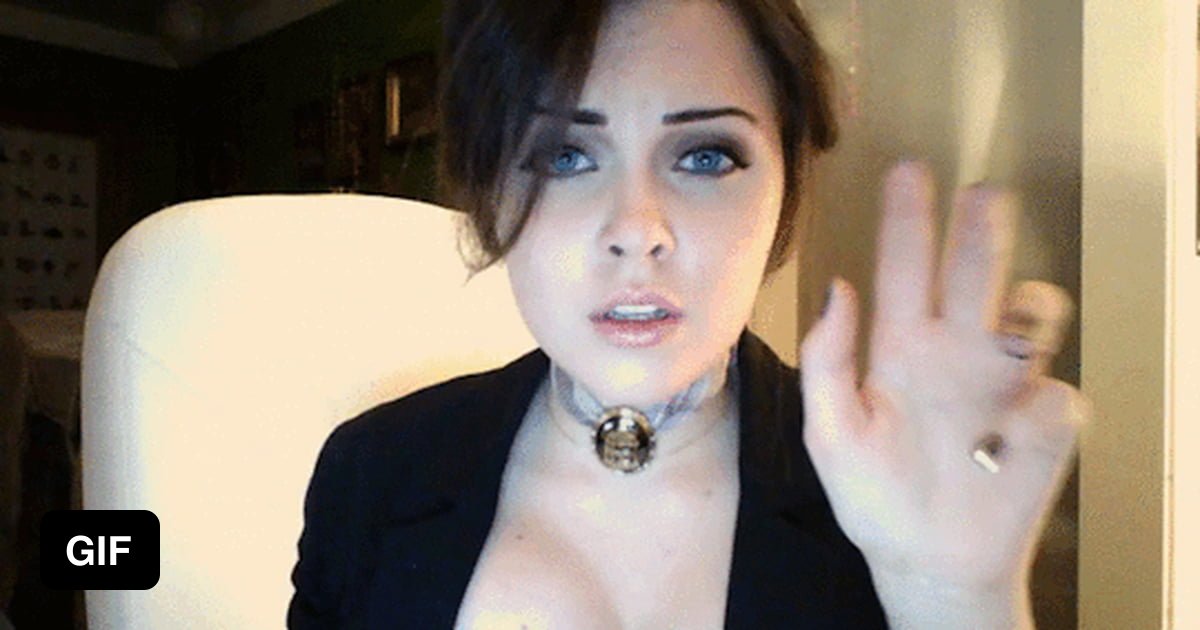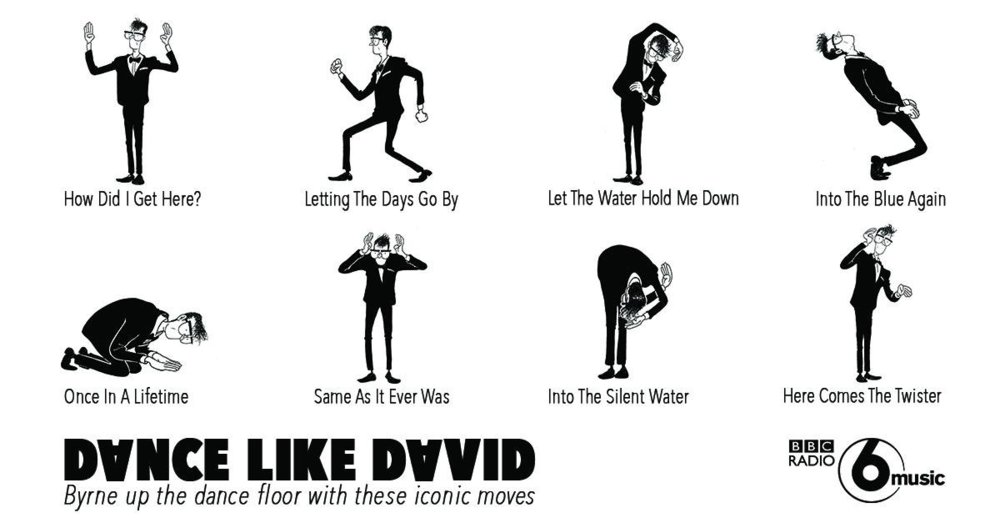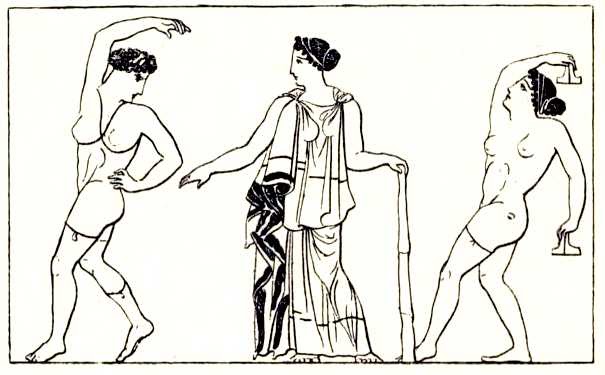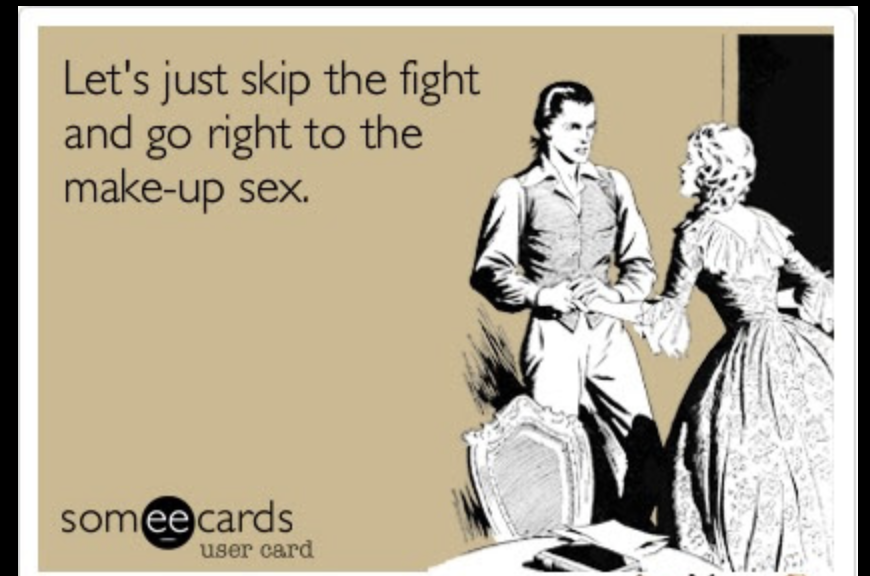How to dip someone dancing
Should You Do It? – Yami Dance Shoes
As we've all seen in the movies or TV, dipping is very sexy, and it adds a fabulous flair to a routine. It’s one move that’ll wow the audience, for sure!
Here’s the thing: it may look like a simple stunt to pull and it only takes a second to execute but dipping is a complex dance move. It’s definitely not for beginners!
Dipping a person in real life is not only tricky; it can be dangerous if you're not used to making such a stunt. It’s all fun and games until someone breaks a nose or bangs the head on the hard floor from a stunt gone wrong.
The dancers doing the dipping on TV are professionals with *years* of experience and training with such maneuvers.
Part of the fun of dancing is that you can experiment with different moves and give your own twist to the dance style itself. And yes, dipping your dance partner seems like a great idea to attract attention on the dance floor. So should you do it? What are the essential factors that you should consider before dipping a partner? If you’re the one being dipped, what are the things that you need to know before pulling such a complex stunt? Here are some tips:
Are you fit enough to dip?
One of the most important things to consider when executing a complicated stunt is your own level of fitness and experience making such a move. You don't want to risk injuring yourself and your dance partner with a spontaneous dip.
When you’re doing the dipping, you’re basically taking on your partner’s body weight on top of your own. And your back, shoulders, and legs will take the brunt of the pressure as you dip someone. Sure, dipping is only done for a split second, but one wrong move and you and your partner could end up crumpled on the dance floor.
To dip a partner safely and successfully, you need to focus your center of gravity lower to keep the torso and legs stable. Keep your legs wide apart at hip-width to maintain your balance, then bring one leg forward and bend as you dip your partner lower. This way, you can keep your balance while shifting your force to your hands as you hold your dance partner lower. Bring her back up gently by shifting your force to your upper torso and back.
This way, you can keep your balance while shifting your force to your hands as you hold your dance partner lower. Bring her back up gently by shifting your force to your upper torso and back.
Your hands should hold the partner firmly, so you don’t lose your grip. Also, your arms should be strong enough to take on the added weight.
Lead your partner
If you’re doing the dipping, then you have to lead your partner. Since you're leading the dance, you need to ask your partner if it's okay to dip because surprising her with one might lead to a broken nose!
If you are dipping a stranger and not a regular dance partner, you need to know if she has the technical know-how to be dipped. If she doesn't, and she’s trusting you with this dance move, you need to check yourself if you can dip her safely despite her lack of experience and figure out ways to maneuver the dance in a way that lets you dip a first-timer properly.
Pro tip: Always check if your dance partner is appropriately dressed before asking for dipping.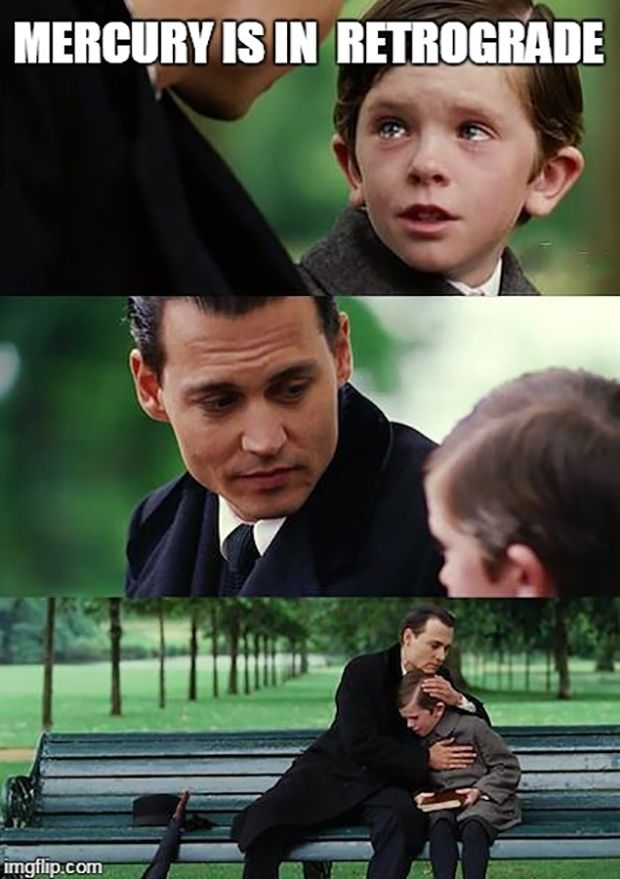 If she’s wearing a short dress, she might accidentally expose herself in the process.
If she’s wearing a short dress, she might accidentally expose herself in the process.
Safety First
Assuming that you have the technical ability to dip a total stranger safely, you need to check the area where you'd like to make a move. The area should be big enough for the dip. Check if other couples are going in and out of the space before the dip, so you don't end up accidentally bumping heads.
If the dance floor is crowded or if people kept going in and out of the area where you'd like to dip your partner, do not make a move. You can only control your own movements and not the actions of those around you. You cannot avoid bumping to other dancers if the space is too tight for a dip, and you don't want to injure someone just because you insist on making this dance move.
Dance Basics: How To Dip Your Partner
Bachata: A Quick Dip
No one likes a spontaneous dip. When you’re about to do the dip, let her know. Give her a signal or something, like placing your hand on her upper back and gently lowering her backward. She’ll get the message.
If your dance partner stiffens as you try to lower her backward, it’s a sign that she doesn’t want to be dipped and never force her to perform one.
Finally and most importantly, do not push your partner too far for a dip, and never dip aggressively. Dipping should be done gently and with care. It's a difficult stunt to pull off as is, and you don't want to give the impression that you’re too much of a showoff by dipping aggressively at the expense of your dance partner.
Back to blogHow to dip like the pros! — Sway Dance Chicago
Written By David Sanchez
One of our favorite dance moves is the iconic dip and so many of our students are eager to learn how to dip their partners and be dipped in a dance routine.
However, there are a few things to know before you dazzle the audience with a dip. So, here are our pro TIPS for Pro DIPS.
First, learn the proper dance frame.
Before attempting a dip, make sure you are standing properly with your partner in the correct dance frame. That means your arms should be held strong.
The leaders' left hand should be connected to follower’s right, or supporting followers behind their back for extra security.
The followers should rest their left arm on leader’s right arm just below the shoulder without weight.
Our instructors will assist you in getting into the proper dance frame before attempting a dip. Just remember, dancing with a partner is not a 50-50 game. BOTH the leader and the follower need to be giving 100% effort for a solid dip.
To Lead a Dip...
Don’t bend forward! Instead stand straight up and rotate your upper body. Otherwise, you both risk dipping and well… falling.

Support behind your partner’s shoulders and back.
Keep your arms firm and in front of your partner's body. Don’t push your arms into their space.
Step with a bent knee under and toward the follower to dip.
Read social cues! That means don’t dip your partner if they’re not 100% comfortable.
Be aware of your surroundings. You won’t want to dip your partner in an area where they could get hurt.
To Follow a Dip...
Support your own weight in your legs and core muscles. In other words, don’t rely entirely on your partner to hold you up.
Soften your knees, relax your neck and shoulders.
Trust your partner instead of tensing up, making it harder for them to dip you.
Communicate with your partner if you’re uncomfortable going into a dip.
Don’t rush in or out of the dip. Allow your partner to truly lead the way and lean into the fun of it!
When should we dip?
Overall, there are a few foolproof ways to know when to dip your partner.
Dip when it's safe. Check your surroundings, especially at a crowded club and dance floor, to make sure your partner won’t get hurt if you decide to dip.
Dip when the music tells you to. Wait until the end of the song or an accent in the music. Then, especially in a performance if your dip is at the end of a song, hold your watermelons! Wait 1 watermelon - 2 watermelon - 3 watermelon before releasing out the dip. Soak in the applause!
Dip when your partner appears comfortable. Make sure you’re communicating with your partner, either by feeling their body language or expressly asking whether they’d be ok with a dip. Feel each other out and make sure both partners are ready!
Ready to learn how to dance and dip with the pros?
Contact us today!
David Sanchez https://www.breakbeatmarketing.com
interpretation of dreams about dance according to the dream books of Miller, Vanga, Freud, Loff
Despite the joy and delight experienced by people dancing in a dream, this is often considered a bad omen that portends difficulties.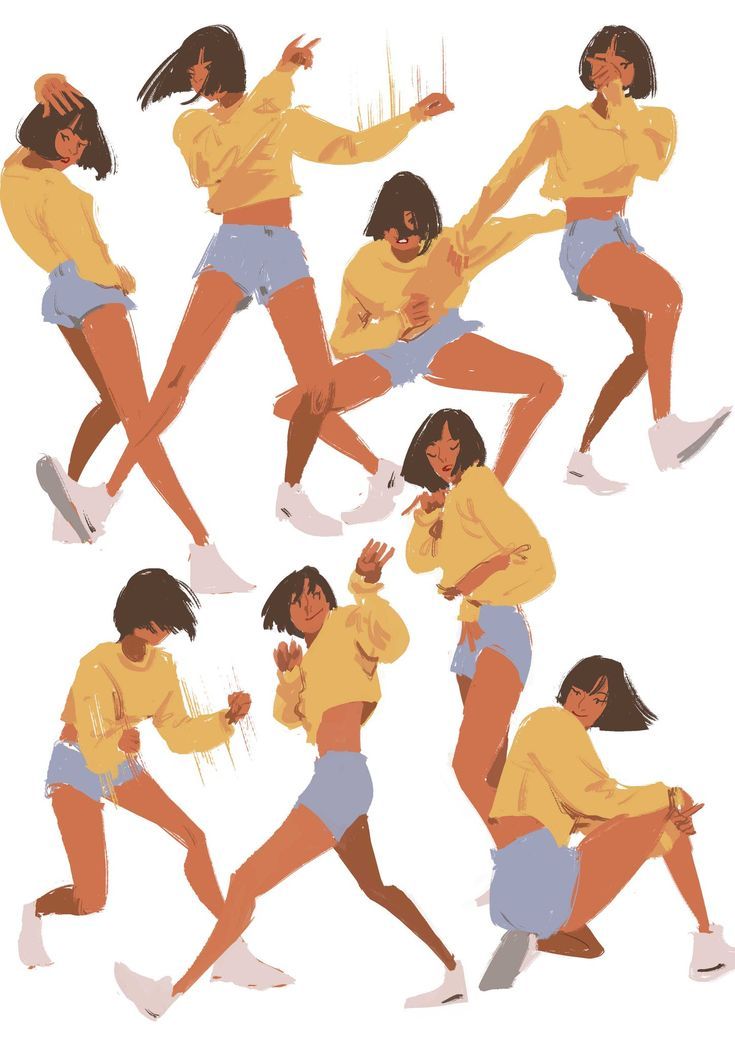 But is this interpretation always correct? In every popular dream book, this action has its own symbolism and meaning. Let's figure out why we dream of dancing and how to correctly interpret such a dream.
But is this interpretation always correct? In every popular dream book, this action has its own symbolism and meaning. Let's figure out why we dream of dancing and how to correctly interpret such a dream.
Dance in a dream according to the dream book
MillerAccording to the interpretation of Miller's dream book, seeing yourself dancing in a dream is a good sign. Your old ideas and dreams will begin to come true.
Also, the interpretation of the dream depends on how the dance was. Fast - you should be careful about the upcoming business, they can be difficult and unsafe. Slow - speaks of your inner desire to relax.
If a girl dreams of dancing children, it means that her family will live in harmony.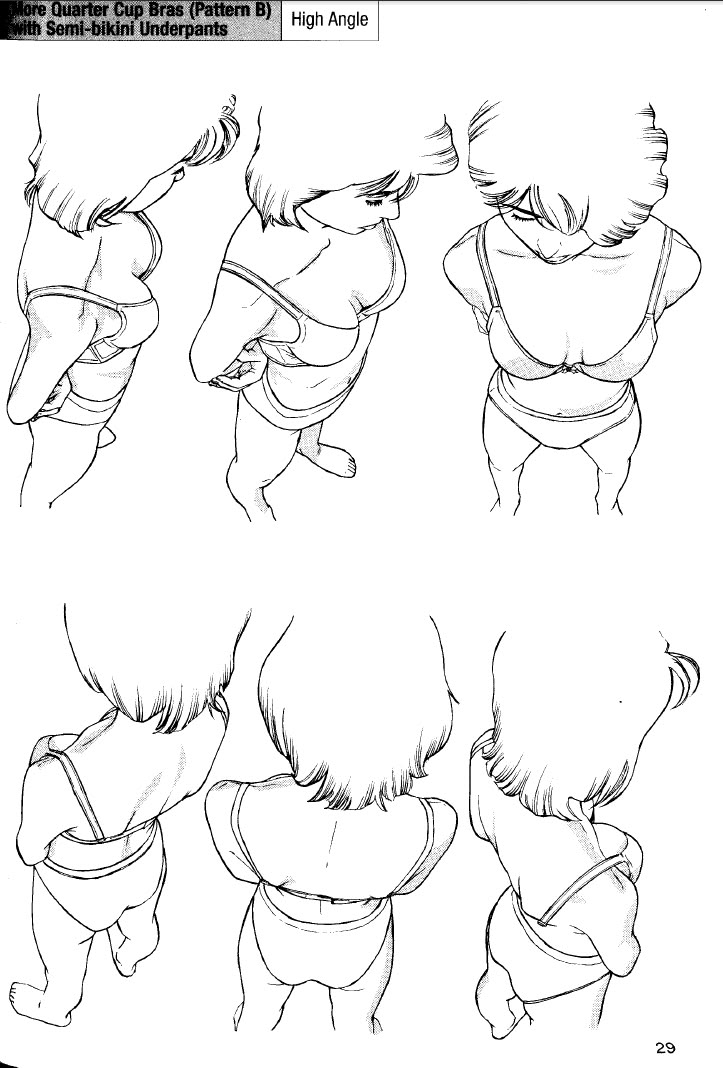 For men, such a dream is a prerequisite for an interesting pastime.
For men, such a dream is a prerequisite for an interesting pastime.
Old people who were dancing in a dream are considered a sign of the coming succession of successes. But strangers are a bad signal. He says that you are afraid of communicating with others.
Seeing yourself dancing under a tree is a warning. Changes are waiting for you, but it is worth taking certain measures to implement them.
Dancing with friends in a dream will be a harbinger of a good weekend.
Dance in a dream according to the dream book
FreudFreud's dream book also speaks of the good meaning of dancing in a dream. All past problems will pass by themselves, and you will breathe a breath of fresh air.
If the craving for dancing in a dream was never realized, that is, you wanted to dance, but did not dare, then you should think about it. You have a huge potential that you do not want to reveal, referring to the fact that it is not serious and not important.
Watching the most beautiful dance from the side is a cry from the soul. In real life, you have a dream that you are afraid to fulfill. Consciousness prompts that it is still worth deciding on this step, contrary to moral prohibitions.
A dream about a naked dance speaks of a desire for freedom.
An interesting sign is a dream in which among the dancers you see a familiar person. Probably, fate will connect you with him in the future.
A dream where you are dancing in a crowded place speaks of your fear of the public.
Dancing in a dream according to the dream book
HasseThe interpretation of dancing according to Hasse's dream book is as follows: the dreamer expects joy and wealth. And if you danced on stage, then a wave of popularity is coming.
According to Hasse's dream book, to see a dance in a dream - joy and wealth await you. Photo: andrea-piacquadio, pexels.com A dream about dancing with a representative of the opposite sex suggests that you have a lot of envious people. But if the partner is your loved one, then the dream is interpreted much more pleasantly. Order and complete mutual understanding await your family, and those around you will be sincerely happy about this.
But if the partner is your loved one, then the dream is interpreted much more pleasantly. Order and complete mutual understanding await your family, and those around you will be sincerely happy about this.
If during the dream the locations in which you danced changed each other, this is a sure sign that you should change the situation or even reconsider your habits.
Dreams of dancing under the sunlight speak of the desire for enlightenment.
A dream is a harbinger of participation in large mass events, where a lot of strangers are dancing besides you.
Dancing in a dream according to the dream book
TsvetkovaAccording to the interpretation of Tsvetkov's dream book, dancing alone is a symbol of success and profit. But dancing with a partner is a harbinger of illness.
People dancing in the twilight in a dream talk about the appearance of a deceiver in your environment in reality.
Dancing under the moon is a sign of aggression that you are skillfully trying to hide.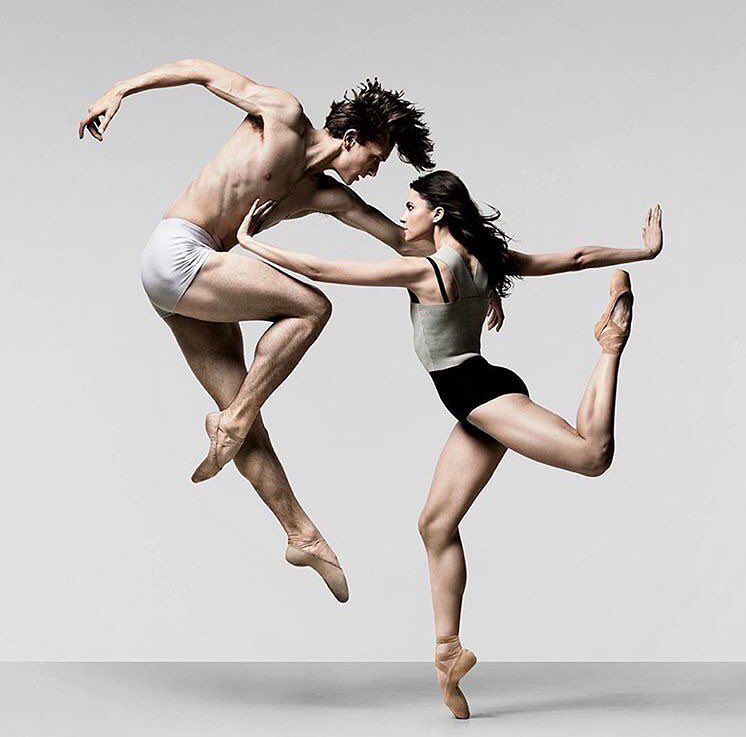
To see yourself in a dream dancing with professionals - to useful acquaintances.
Dancing by the fire is a positive sign for you. He says that in the near future secret desires will begin to come true.
Parting with a loved one portends a dream where you are dancing in full view of everyone. But this separation will be temporary. Probably, your relative will go abroad or to another city on vacation.
Dancing in a dream according to the dream book
VangaThe interpretation of Vanga's dream book, relative to others, is not so positive. According to him, to see yourself dancing in a dream speaks of attracting too much attention to your person. And if you are dancing in a crowd, you are likely to be robbed.
A short but memorable dance is a harbinger of rash acts for which the dreamer will have to apologize.
Long dances - you should reconsider your attitude towards other people. Probably, recently you have become too callous, and do not notice how you use others for your own benefit.
Dancing in a dream according to the dream book
LoffaThe dream in which you see yourself dancing indicates that the professional field of activity is of particular importance to you. If the movements in the dance look unnatural, your subconscious mind wants to convey the idea of non-recognition by society. A dream about dancing with a partner also indicates an uncomfortable feeling of being among people.
If others are dancing for you in a dream, then you should take a closer look at the dance, as it reflects your attitude towards these people.
A sign of self-doubt in reality is a dream in which music and dance are not compatible, or you are completely dancing without musical accompaniment.
Dancing in a dream according to the Modern dream book
The modern dream book notes dancing in a dream as a symbol of the successful completion of business.
Interpretation depends on the style of dance:
- waltz - to fleeting experiences;
- slow dance - to a period of difficult relationships with a loved one;
- fast dance - to approaching problems;
- tango - to beautiful courtship.
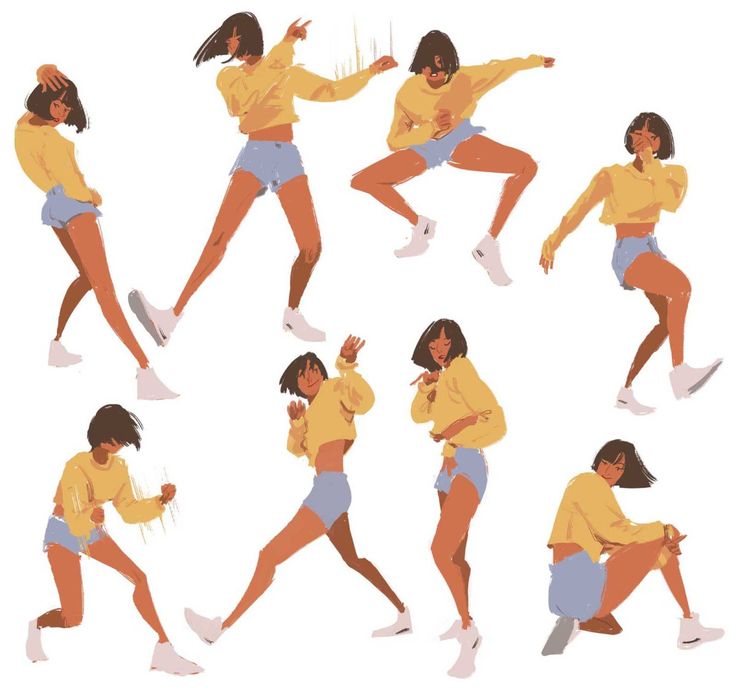
Also, the interpretation depends on the gender of the dreamer. Dancing in a dream for a girl is a quick joy. For a guy - to the coming ruin.
Expert's comment
In addition to all the above interpretations, experts-psychologists discuss this issue. For us, the answer to the question "why dream of dancing?" gives Veronika Tyurina, psychologist-consultant in the field of interpersonal relations :
When you dream that you are dancing, it speaks of your temperament, your taste for life and your general desire to enjoy socializing with other people. You try to arrange any cooperation in such a way that you are psychologically comfortable.
If you dream that others are dancing, and you stand on the sidelines and watch, this indicates your excessive restraint in communication with people. You do not show yourself enough, you are silent where you could say your word, and deep down you want to fix it.
When you have a dream in which you are dancing, this speaks of your temperament, your taste for life. Photo: silvio-barbosa, pexels.com
Photo: silvio-barbosa, pexels.com If in a dream you are invited to dance, and you agree, this is a sign of outward favor of someone close to you. There will be favorable conditions and opportunities for the implementation of the plan.
If, in response to an invitation, you are embarrassed and refuse, this indicates your internal unpreparedness for the ongoing changes. You want to slow down and catch your breath a little, you are afraid to make a mistake by following fate.
To dream of an ugly dance means that you are overcome by doubts, uncertainty, inability to make a decision - you may be afraid to part with those people on whom you depend, but at the same time you understand that you cannot tolerate it any longer.
Admire the dance of others in a dream - you give up and do not take the initiative where you could do it, or you think that you are not good enough to openly declare yourself in your professional activities.
Burnt by ghosts - Weekend - Kommersant
The time in which we found ourselves is hardly defined as the present. It is as if two sensations coexist in it, reinforcing each other: the past no longer exists / there is nothing but the past. Our present seems to be proof that a person cannot let go of history, much less learn anything from it: the past, with its endless reflections and repetitions, ghosts and symbols, makes a person walk in circles. Cinema, essentially an attraction of shadows and reflections, also continues to multiply the ghosts of historical dictators and tyrants, plays outdoor games with them, does not allow them to calm down. Different directors do it over and over again, albeit in different ways.
It is as if two sensations coexist in it, reinforcing each other: the past no longer exists / there is nothing but the past. Our present seems to be proof that a person cannot let go of history, much less learn anything from it: the past, with its endless reflections and repetitions, ghosts and symbols, makes a person walk in circles. Cinema, essentially an attraction of shadows and reflections, also continues to multiply the ghosts of historical dictators and tyrants, plays outdoor games with them, does not allow them to calm down. Different directors do it over and over again, albeit in different ways.
Text: Ksenia Rozhdestvenskaya, Vasily Stepanov
Publishers
Editing films, documentaries without voice-overs, screen adaptations of memoirs - in general, an attempt, if not objectivity, then approximation to the truth of life. But the edited chronicle footage does not turn into the truth, but into an anthem, abuse, a philosophical statement.
Sergei Loznitsa
Farewell to Stalin, 2019
Photo: Atoms & Void; Studio Uljana Kim; Nutprdukce
Photo: Atoms & Void; Studio Uljana Kim; Nutprdukce
The chronicle of farewell to Stalin is not so much the resurrection of a ghost as an attempt to put him to rest, a lullaby for a tyrant.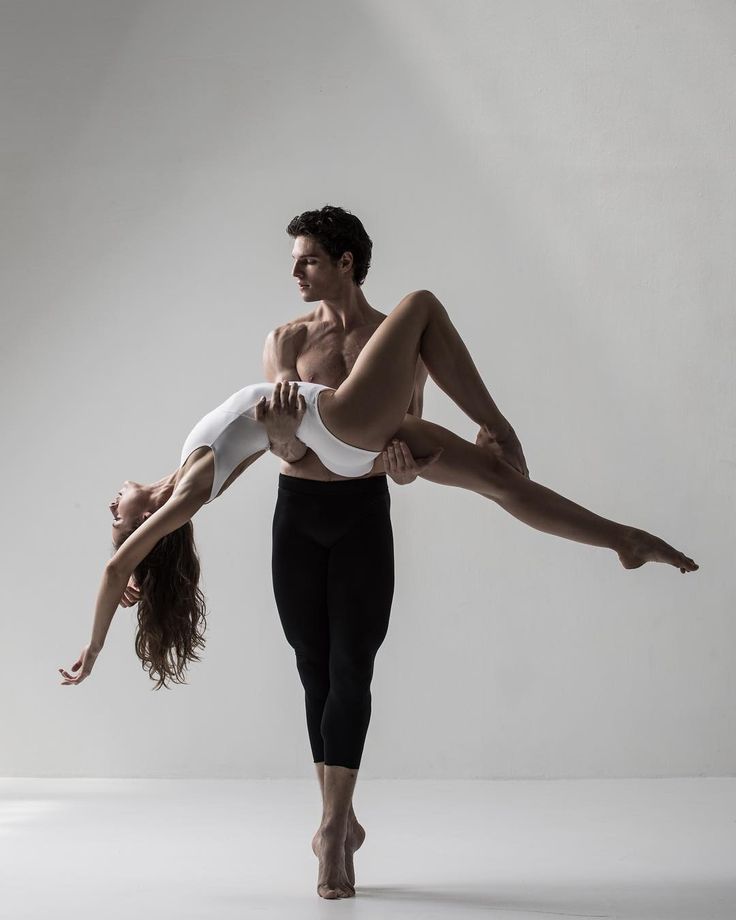 The main thing in the film, edited from the chronicle of the beginning of March 1953, is the human mass, the mourning crowd, the theater of human actions. State tears and state grief. Loznica is a powerful documentarian who always stays out of sight, whether he is showing a crowd at a bus stop (Landscape, 2003), editing a chronicle of the blockade (Blockade, 2005) or watching tourists enter Dachau (Austerlitz ", 2016). He is interested in the movement and immobility of the masses, the crowd in his films is the extras of history. Stalin in Farewell is not yet a ghost and is no longer a body: it is a gigantic rift in the fabric of the world, and the film shows how people are sucked into this hole. Still.
The main thing in the film, edited from the chronicle of the beginning of March 1953, is the human mass, the mourning crowd, the theater of human actions. State tears and state grief. Loznica is a powerful documentarian who always stays out of sight, whether he is showing a crowd at a bus stop (Landscape, 2003), editing a chronicle of the blockade (Blockade, 2005) or watching tourists enter Dachau (Austerlitz ", 2016). He is interested in the movement and immobility of the masses, the crowd in his films is the extras of history. Stalin in Farewell is not yet a ghost and is no longer a body: it is a gigantic rift in the fabric of the world, and the film shows how people are sucked into this hole. Still.
Andrei Uzhitsa
Autobiography of Nicolae Ceausescu, 2010
Photo: Centrul National al Cinematografiei
Photo: Centrul National al Cinematografiei
Another montage made from thousands of hours of footage of Nicolae Ceausescu. “My light, mirror, tell me”: a portrait of Ceausescu, how he wanted to see himself and, accordingly, how the official chronicle showed him. Charming, cheerful, cheerful, waving to everyone, doing everything in time - both to party congresses, and to visit Comrade Mao, and to a car factory, and to a village wedding. And so 25 years. No persecution of dissidents, no economic problems, in the head of the leader everything is like in a socialist Garden of Eden, clear, bright and sublime. The events are arranged in chronological order, the film goes without a voice-over, most often with a newly recorded sound sequence (like in Loznitsa). Andrei Uzhitsa, who emigrated from Romania to Germany at 1981st, worked with Harun Farocki on another montage film about Ceausescu - "Videograms of the Revolution" (1992), where the chronicle and private video footage dragged the viewer into the 1989 revolution. Uzhica is sure that the ghost of Ceausescu continues to traumatize the country, and cinema helps to heal this trauma.
“My light, mirror, tell me”: a portrait of Ceausescu, how he wanted to see himself and, accordingly, how the official chronicle showed him. Charming, cheerful, cheerful, waving to everyone, doing everything in time - both to party congresses, and to visit Comrade Mao, and to a car factory, and to a village wedding. And so 25 years. No persecution of dissidents, no economic problems, in the head of the leader everything is like in a socialist Garden of Eden, clear, bright and sublime. The events are arranged in chronological order, the film goes without a voice-over, most often with a newly recorded sound sequence (like in Loznitsa). Andrei Uzhitsa, who emigrated from Romania to Germany at 1981st, worked with Harun Farocki on another montage film about Ceausescu - "Videograms of the Revolution" (1992), where the chronicle and private video footage dragged the viewer into the 1989 revolution. Uzhica is sure that the ghost of Ceausescu continues to traumatize the country, and cinema helps to heal this trauma. At least in this way: "The Autobiography of Nicolae Ceausescu" begins with footage taken immediately after the arrest of the tyrant.
At least in this way: "The Autobiography of Nicolae Ceausescu" begins with footage taken immediately after the arrest of the tyrant.
Radu Jude
"Two Executions of the Marshal", 2018
Photo: Radu Jude
Photo: Radu Jude
The most cynical of contemporary Romanian directors, Radu Jude plays with history both cheerfully and evilly. In his "Inappropriate Fuck, or Crazy Porn" (2021, in the Russian box office "Crazy Movie for Adults") there is Ceausescu - in the form of graffiti, and Hitler - as an anecdote; intellectual mockery "I don't care if we go down in history as barbarians" (2018) is dedicated to the reconstruction and revision of the events of World War II. The phrase in the title "Barbarians" was said by Marshal Antonescu, Prime Minister of Romania, and 10 minutes of "Two Executions of the Marshal" are dedicated to him. Radu Jude, without any comments, confronts the chronicle footage of the execution of Antonescu and an episode from Sergiu Nicolaescu's playful biographical film "The Mirror" (1994), where the marshal appears not only as a completely innocent lamb, but as a strong and firm politician in his own right. This comparison - how everything was in reality and how the winners later wrote - affects the viewer more than any propaganda.
This comparison - how everything was in reality and how the winners later wrote - affects the viewer more than any propaganda.
Oliver Hirschbiegel
Bunker, 2004
Photo: Constantin Film; Rai Cinema; Norddeutscher Rundfunk
Photo: Constantin Film; Rai Cinema; Norddeutscher Rundfunk
Screen adaptation of the memoirs of Traudl Junge, Hitler's personal secretary. The last days of the Third Reich (destroyed Berlin was filmed in St. Petersburg), the last days of Hitler - a little man cringing before his eyes from the fact that history is advancing on him. The great actor Bruno Ganz played Hitler in such a way that he entered the history of Internet memes: his hysteria was voiced by thousands of different “translations”, and Hitler is outraged either by the release of a new smartphone or by the results of the next election. An attempt at a relatively objective film adaptation led to a revision of the role of Hitler in modern pop culture: now he cares about everything.
Reenactors
An attempt to see a person in politics, to clear him of stuck symbols. Most often this happens when the previous film incarnation of a politician finally turns into a stamp or when new times dictate a new current agenda.
Pablo Larrain
No, 2012
Photo: Canana Films
Photo: Canana Films
The Chilean Larrain recently switched to biopics (Jackie, 2016; Spencer, 2021), at the beginning of his career he made films frankly, if not rabidly political. In Tony Manero (2008) the height of the Pinochet regime rhymed with the life of a maniac, in The Autopsy (2010) a military coup was dissectedAt 73 years old, No was Larraine's third dictatorship film, his most hilarious, most bloodless—and most powerful. The advertiser (Bernal) in 1988, that is, at the very end of Pinochet's reign, agrees to invent and conduct an advertising campaign for the referendum - it is clear that everyone will vote for Pinochet, but the hero is ready to work for the opposition and convince at least someone to say "no".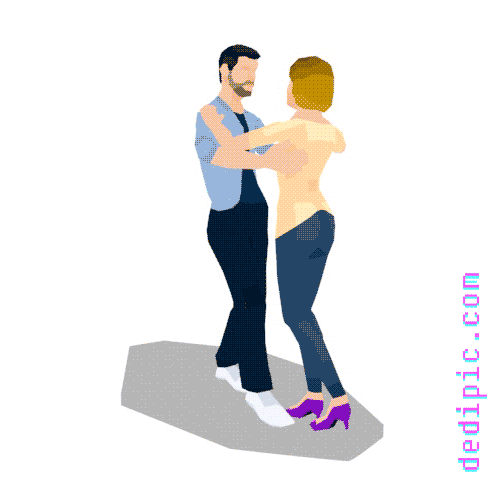 This professional drama (the hero is forced to fight his own boss) proves to be the perfect way to tell not only about tyrants, but also about those who accidentally contribute to their overthrow. Pinochet here is a competing advertising product.
This professional drama (the hero is forced to fight his own boss) proves to be the perfect way to tell not only about tyrants, but also about those who accidentally contribute to their overthrow. Pinochet here is a competing advertising product.
Phyllida Lloyd
Iron Lady 2011
Previous photo
A photo: Canal+
A photo: Canal+
Next photo
one / 2
A photo: Canal+
A photo: Canal+
Margaret Thatcher played by Meryl Streep (Oscar for best role) - solid rust, the sunset of a titan, the loneliness of a fighter, and well-deserved loneliness. Throughout the film, she talks to her dead husband, struggles with her own demons and flashbacks, confronts the crowd (in flashbacks) and her own body, which fails her (in reality). For her, ideas are more important than feelings, but by old age, ideas are forgotten, but feelings are not. Phyllida Lloyd, theater and opera director, admits that she wanted to make an "unconventional biopic" - it turned out to be a pathetic melodrama, declaring that the times of great politicians are over, the time of dementia has come. The film about an iron woman, who by the end of her life turns out to be just an old woman, did not like Thatcher herself, and Meryl Streep also seemed unconvincing to her (“she could not embody a real image”).
Throughout the film, she talks to her dead husband, struggles with her own demons and flashbacks, confronts the crowd (in flashbacks) and her own body, which fails her (in reality). For her, ideas are more important than feelings, but by old age, ideas are forgotten, but feelings are not. Phyllida Lloyd, theater and opera director, admits that she wanted to make an "unconventional biopic" - it turned out to be a pathetic melodrama, declaring that the times of great politicians are over, the time of dementia has come. The film about an iron woman, who by the end of her life turns out to be just an old woman, did not like Thatcher herself, and Meryl Streep also seemed unconvincing to her (“she could not embody a real image”).
Ilya Olshvanger
On the same planet, 1965
Photo: Lenfilm
Photo: Lenfilm
Lenin, played by Innokenty Smoktunovsky, is an intellectual, not a "friend of all workers" - works, celebrates the New Year with Krupskaya, scolds Stalin, meets with ambassadors, reports arrests, makes speeches, laughs with familiar and unfamiliar people - and thinks, thinks, thinks. In previous films, the Leninians, filmed before the thaw 19In the 60s, Vladimir Ilyich, with his cunning squint, was a leader "for the people"; in Olschwanger's film, Lenin seems to be trying to talk to another, matured people. The film debut of theater director Ilya Olshvanger was supposed to be a "poetic chronicle", to show a complex person. Smoktunovsky agreed to this role by force, he did not like the result, the make-up annoyed him - but it seems that Lenin was not more interesting on the screen. Once again, Smoktunovsky will play Lenin in Kvinikhidze's "First Visitor", and there Lenin's branded "cunning" will be in full screen.
In previous films, the Leninians, filmed before the thaw 19In the 60s, Vladimir Ilyich, with his cunning squint, was a leader "for the people"; in Olschwanger's film, Lenin seems to be trying to talk to another, matured people. The film debut of theater director Ilya Olshvanger was supposed to be a "poetic chronicle", to show a complex person. Smoktunovsky agreed to this role by force, he did not like the result, the make-up annoyed him - but it seems that Lenin was not more interesting on the screen. Once again, Smoktunovsky will play Lenin in Kvinikhidze's "First Visitor", and there Lenin's branded "cunning" will be in full screen.
Fantasists
From Peter Sellers in Cruel Intentions on Soft Beds to Quentin Tarantino in Inglorious Basterds, they most often resurrect tyrants only to kill them one more time. Or at least completely remake the story and laugh at it.
Graham Rose
Mrs. Meitlmeyer, 2002
Photo: Rose Hackney Barber
Photo: Rose Hackney Barber
A half-hour sketch by advertiser Graham Rose about how Hitler replaced himself with a doppelgänger and went to South America himself, but did not get there, but lives in London under the name of Mrs. Meitlmeyer and is waiting for a letter from Martin Bormann. An old Jew is glued to Mrs. Meitlmeyer, and the old lady's main task is to prevent him from getting under her skirt. As Hitler, Udo Kier is as repulsive as he is charming. He - not at all reminiscent of a dictator - played Hitler in the wild satirical action movie "Iron Sky - 2" by Timo Vuorensola (2019), where the rulers, from Margaret Thatcher and Joseph Stalin to Steve Jobs and Mao, turned out to be reptilians and discussed the fate of the world at a long table, like at the Last Supper.
Meitlmeyer and is waiting for a letter from Martin Bormann. An old Jew is glued to Mrs. Meitlmeyer, and the old lady's main task is to prevent him from getting under her skirt. As Hitler, Udo Kier is as repulsive as he is charming. He - not at all reminiscent of a dictator - played Hitler in the wild satirical action movie "Iron Sky - 2" by Timo Vuorensola (2019), where the rulers, from Margaret Thatcher and Joseph Stalin to Steve Jobs and Mao, turned out to be reptilians and discussed the fate of the world at a long table, like at the Last Supper.
David Wnendt
Here He Is Again, 2015
Photo: Constantin Film; Mythos Film
Photo: Constantin Film; Mythos Film
A harsh satire about Hitler who wakes up in Germany in the 21st century somewhere in a wasteland. They take him for an actor - well, he tries to adapt to this: he travels around the country and communicates with ordinary people (the actor in Hitler's makeup really improvised on the streets).-Step-18.jpg/aid1640374-v4-728px-Shuffle-(Dance-Move)-Step-18.jpg) True, he keeps complaining that he is "not welcomed properly", because it is not so difficult. He is becoming more and more popular, his videos collect hundreds of thousands of views, everyone wants to take a selfie with him, and there are more and more people who greet him "properly". Only decrepit old women are able to hiss to him: “We have not forgotten. Get out, killer." What can he say to those who curse him? “You can't get rid of me. I am part of you. All of you". Something similar was done about Stalin by the Yeralash magazine at the end of 1980s in the episode "Time Machine", fitting a similar story about the eternal return of a tyrant into three minutes of screen time.
True, he keeps complaining that he is "not welcomed properly", because it is not so difficult. He is becoming more and more popular, his videos collect hundreds of thousands of views, everyone wants to take a selfie with him, and there are more and more people who greet him "properly". Only decrepit old women are able to hiss to him: “We have not forgotten. Get out, killer." What can he say to those who curse him? “You can't get rid of me. I am part of you. All of you". Something similar was done about Stalin by the Yeralash magazine at the end of 1980s in the episode "Time Machine", fitting a similar story about the eternal return of a tyrant into three minutes of screen time.
Poets
Those for whom the tyrant has never been a real person. He is either a demiurge, a bloated metaphor - or, on the contrary, the background of time, its fine print. Or, if the poet has the audacity, the hero's imaginary friend, like Hitler in Taika Waititi's Jojo Rabbit.
Fanny Ardant
Stalin's Sofa, 2016
Photo: Alfama Films; Canal+
Photo: Alfama Films; Canal+
Film adaptation of the play by Jean-Daniel Baltasse, a film about how tyranny is a half-naked dictator with a banana in the fog. It all starts with an episode in which Stalin throws a tantrum during dinner over unripe bananas - this, they say, really happened, but the film gives this scene a completely different sound, forcing Stalin immediately after that to become interested in the works of Freud. In the title role - Gerard Depardieu, who does not at all resemble the Soviet tyrant, is huge, theatrical, condescending, shining with his bare stomach, not in order to tell something about power, but in order to remind fans of "Waltzing" who he really is. . Stalin's mistress, Stalin himself and the court painter play out a conditional drama in the fog. French critics wrote that Fanny Ardant, a great connoisseur of Russian culture, was able to convey the intonation of films characteristic of Sokurov - but it seems that they had in mind grayish-brown shades of power, there is nothing more Sokurov in the film. And Stalinist too: Stalin for Ardan is just a metaphor for power. A banana is just a banana.
It all starts with an episode in which Stalin throws a tantrum during dinner over unripe bananas - this, they say, really happened, but the film gives this scene a completely different sound, forcing Stalin immediately after that to become interested in the works of Freud. In the title role - Gerard Depardieu, who does not at all resemble the Soviet tyrant, is huge, theatrical, condescending, shining with his bare stomach, not in order to tell something about power, but in order to remind fans of "Waltzing" who he really is. . Stalin's mistress, Stalin himself and the court painter play out a conditional drama in the fog. French critics wrote that Fanny Ardant, a great connoisseur of Russian culture, was able to convey the intonation of films characteristic of Sokurov - but it seems that they had in mind grayish-brown shades of power, there is nothing more Sokurov in the film. And Stalinist too: Stalin for Ardan is just a metaphor for power. A banana is just a banana.
Andrey Khrzhanovsky
"The Nose, or the Conspiracy of 'not like that'", 2021
Photo: School-studio "Shar"
Photo: School-studio "Shar"
Animated phantasmagoria, film-dream, film-theater - more precisely, a fairground paradise. A poetic and political construct based on Gogol's "The Nose", Shostakovich, Bulgakov, Pushkin, the Soviet avant-garde tells about the relationship between the nose and its owner, that is, the relationship between totalitarian power and culture. There is also Mikhail Bulgakov's dream about Stalin, where Stalin is fundamentally fearless - with a pipe, with a little eyebrow, they call him "Your Majesty", and his entourage is completely small children. There is also Stalin dancing lezginka. And Stalin is furious. But it is not Stalin who becomes the real hero of the animated collage, even if he is able to suddenly increase and occupy the entire space of culture (or is it that everyone else shrinks from horror?). The real hero is the "not like" whom the Stalins smash, chatter, and ban. And a culture that, in spite of everything, remains alive.
A poetic and political construct based on Gogol's "The Nose", Shostakovich, Bulgakov, Pushkin, the Soviet avant-garde tells about the relationship between the nose and its owner, that is, the relationship between totalitarian power and culture. There is also Mikhail Bulgakov's dream about Stalin, where Stalin is fundamentally fearless - with a pipe, with a little eyebrow, they call him "Your Majesty", and his entourage is completely small children. There is also Stalin dancing lezginka. And Stalin is furious. But it is not Stalin who becomes the real hero of the animated collage, even if he is able to suddenly increase and occupy the entire space of culture (or is it that everyone else shrinks from horror?). The real hero is the "not like" whom the Stalins smash, chatter, and ban. And a culture that, in spite of everything, remains alive.
Nikita Mikhalkov
Burnt by the Sun, 1994
Photo: Canal+; Goskino
Photo: Canal+; Goskino
Summer 1936.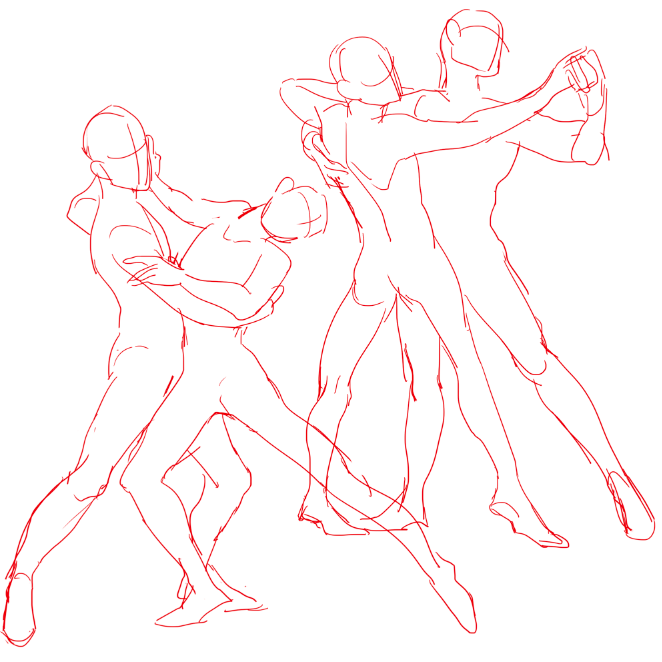 The joker Mitya Arsentiev came to arrest the division commander Kotov, the man who, in essence, stole his life from him. Kotov, personally acquainted with Stalin, is sure that no one will dare to touch him. This slow country idyll is a reminder that Nikita Mikhalkov was once a poet, and an epic poet. Stalin in this film is precisely a metaphor, the air of time, a gigantic portrait rising above the field as if from the very ground. In the continuation of “Burnt by the Sun”, poetry gives way to kitsch: Stalin is either dipped headlong into a cake (so what if this happens in the commander’s dream), then he discusses Kotov with Mitya - the father of peoples here is both bloodthirsty and omniscient to the point of caricature, although Mikhalkov and claims that none of the critics simply did not understand the director's intention. I would like to think that “Burnt by the sun. Anticipation” (2010) and “Burnt by the Sun. The Citadel (2011) is only the posthumous longing of divisional commander Kotov, who was shot at the end of the first film, and not at all a chronicle of the mutation of the poet Nikita Mikhalkov into besogon.
The joker Mitya Arsentiev came to arrest the division commander Kotov, the man who, in essence, stole his life from him. Kotov, personally acquainted with Stalin, is sure that no one will dare to touch him. This slow country idyll is a reminder that Nikita Mikhalkov was once a poet, and an epic poet. Stalin in this film is precisely a metaphor, the air of time, a gigantic portrait rising above the field as if from the very ground. In the continuation of “Burnt by the Sun”, poetry gives way to kitsch: Stalin is either dipped headlong into a cake (so what if this happens in the commander’s dream), then he discusses Kotov with Mitya - the father of peoples here is both bloodthirsty and omniscient to the point of caricature, although Mikhalkov and claims that none of the critics simply did not understand the director's intention. I would like to think that “Burnt by the sun. Anticipation” (2010) and “Burnt by the Sun. The Citadel (2011) is only the posthumous longing of divisional commander Kotov, who was shot at the end of the first film, and not at all a chronicle of the mutation of the poet Nikita Mikhalkov into besogon.
Propagandists
Directors from this series, even the most talented ones, do not command historical ghosts, but obey them, deliberately reducing the historical figure to an accent, a gesture, a symbol.
Mikhail Romm
Lenin in October, 1937
Photo: Mosfilm
Photo: Mosfilm
Film dedicated to the 20th anniversary of the revolution, the first attempt to show Lenin in a sound film. Deliberately sharp and paradoxical, the image of Lenin was deliberately based not on the real plasticity of the leader and the manner of his speech, but on the recordings of his speeches and on newsreels: the workers knew him just like that and would not have perceived another. Lenin (played by Boris Shchukin) in this film is not a historical figure, but a symbol - a kind grandfather, a "people's leader", a little comical, easily becoming a hero of jokes, and it was from this image that all subsequent interpreters repelled. But "Lenin in October" is interesting not only for this dialogue between reality and myth, but because the myth continued to grow and transform: in 1956 and 1964, Stalin was gradually completely removed from the picture.
But "Lenin in October" is interesting not only for this dialogue between reality and myth, but because the myth continued to grow and transform: in 1956 and 1964, Stalin was gradually completely removed from the picture.
Maxim Brius
Zoya, 2020
Photo: Film Studio im. M. Gorky; Triix Media
Photo: Film Studio im. M. Gorky; Triix Media
The beginning of a new iconography, a film about his own father, Joseph Stalin (Levan Mskhiladze), who personally escorts saboteurs to the front, is not evacuated to Kuibyshev, because Zoya Kosmodemyanskaya is not afraid of anything, and looks like a kind character, but tough, tired, but strong, tragic, but humane. The same pillar of spirit Stalin was shown in the drama of Vera Storozheva “Maria. Save Moscow" (2021) - the story that Moscow was saved during the Great Patriotic War by Stalin, an employee of the NKVD Maria Petrova, who obtained a miraculous icon for him, and some unnamed old woman (meaning Matrona Moscow), to which Stalin in the fall of 19For 41 years, he came to consult what to do next.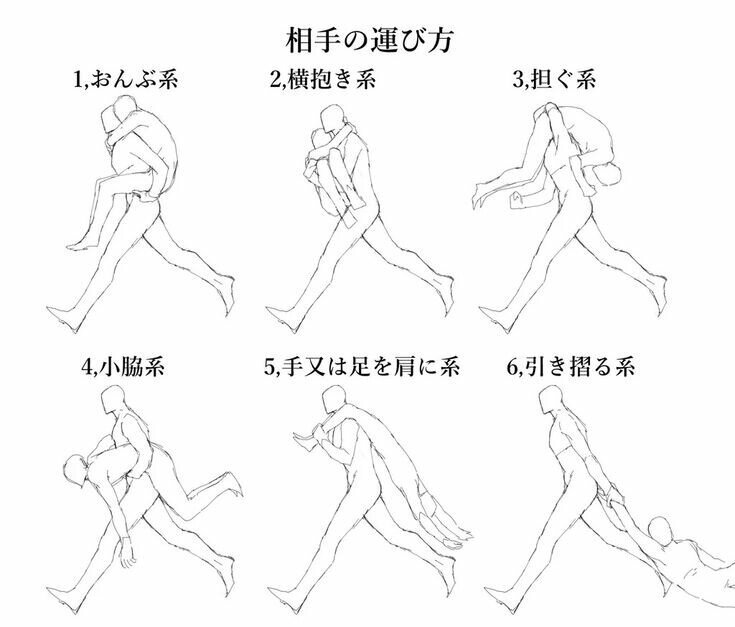 The authenticity in both films is less than uplifting, and Stalin came straight out of films made before 1953.
The authenticity in both films is less than uplifting, and Stalin came straight out of films made before 1953.
Historiosophists
Partly poets, but primarily philosophers, they explore tyrants as a historiosophical concept, as a historical strength (or weakness), as a pivot on which time rests and from which it tries to jump off. There are few such directors.
Alexei German
Khrustalev, car!, 1998
Photo: Canal+; Lenfilm
Photo: Canal+; Lenfilm
Herman is a director capable of conveying the smell and air of time. Khrustalev is a great (and not immediately appreciated) dreamlike-detailed movie, formally about 1953 and Stalin's death. The protagonist is General of the Medical Service Yuri Klensky, who hopes that the "doctors' case" will not affect him; touches, and harder than possible. The arrested and just raped Klensky is invited to Stalin's dacha - Beria still has hope that the Generalissimo can be saved.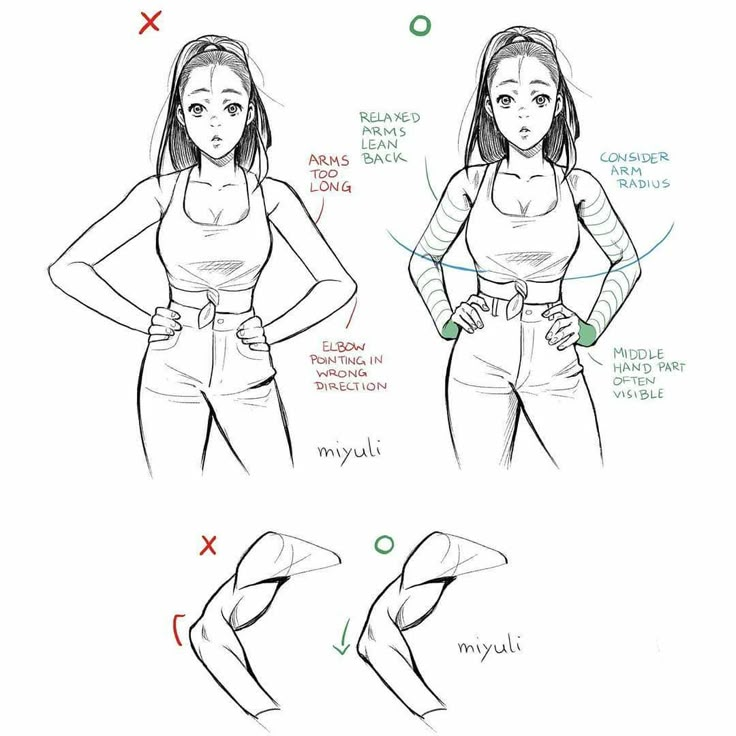 Klensky does not at first recognize either Stalin or Beria. Having massaged the belly of the father of the peoples and having achieved gas exhaustion, Klensky asks Beria: “Is this your father?” Physiology, the animal essence of death, the apocalyptic story of the end of the world here sprouts with poetry and myth, a fairy tale about fathers and orphans. “It doesn’t get worse, it won’t get worse,” one of the doctors repeats. It was these words, according to the memoirs of Herman, that his father uttered when he learned about the death of the tyrant. The childhood memories of the narrator about his father, about the agony of the era turn out to be a ruthless reflection on the fate of "raped Russia", the concentrated essence of the Soviet man. "Khrustalev, the car!" is a descent into hell and an exit from the other side, a film consisting of snow, dust, the smell of sewage - and the blinding brilliance of medals.
Klensky does not at first recognize either Stalin or Beria. Having massaged the belly of the father of the peoples and having achieved gas exhaustion, Klensky asks Beria: “Is this your father?” Physiology, the animal essence of death, the apocalyptic story of the end of the world here sprouts with poetry and myth, a fairy tale about fathers and orphans. “It doesn’t get worse, it won’t get worse,” one of the doctors repeats. It was these words, according to the memoirs of Herman, that his father uttered when he learned about the death of the tyrant. The childhood memories of the narrator about his father, about the agony of the era turn out to be a ruthless reflection on the fate of "raped Russia", the concentrated essence of the Soviet man. "Khrustalev, the car!" is a descent into hell and an exit from the other side, a film consisting of snow, dust, the smell of sewage - and the blinding brilliance of medals.
Alexander Sokurov
Fairy Tale, 2022
Previous photo
A photo: Example of Intonation
A photo: Example of Intonation
A photo: Example of Intonation
A photo: Example of Intonation
Next photo
one / four
A photo: Example of Intonation
A photo: Example of Intonation
A photo: Example of Intonation
A photo: Example of Intonation
The innovative "Fairy Tale" is a previously unthinkable fusion of fiction, animation and newsreels, and unfolds like a limb, ideally connecting the hell of the earth (Alexander Sokurov's long-term super project "Tetralogy of Power", which includes films-portraits of Hitler, Lenin, Hirohito, as well as a film adaptation "Faust" by Goethe) with the higher spheres of two films reflecting on the museum and time ("The Russian Ark" and "La Francophonie").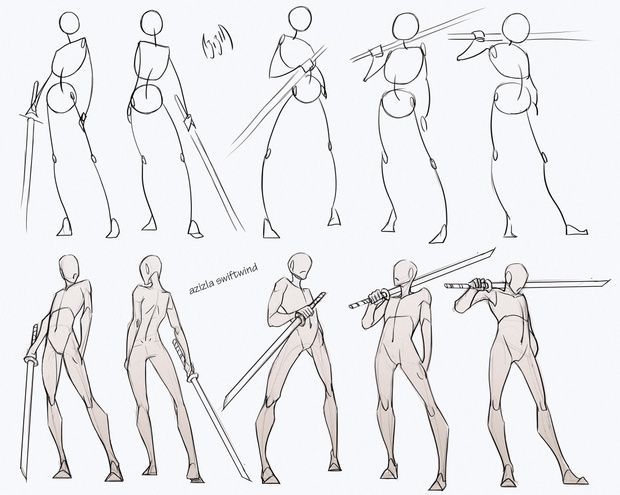 The heroes of the film also get stuck in the surrealistic limbo - traveling through the landscapes of old engravings in search of a door to paradise, Stalin, Hitler, Mussolini and Churchill. They are utterly material - but how else? After all, we have newsreels before us. Earthly life will not let go, and yesterday's rulers speak - each in their own language - about uniforms, smells, posture, hats, bribes and, of course, empires. Their main problem is that they cannot become history, cross the threshold of oblivion that separates the present from the past. It would seem that Sokurov has already translated both Lenin and Hitler through this very threshold (of course, he succeeded best with Hirohito) - convincingly proving that it is high time to dissolve the superhuman into the ordinary human. But now they are returning, entering a new round: “I open my eyes and think only about the future,” Stalin says something like that, Hitler throws grenades at a windmill, Churchill calls Her Majesty and invites her to visit.
The heroes of the film also get stuck in the surrealistic limbo - traveling through the landscapes of old engravings in search of a door to paradise, Stalin, Hitler, Mussolini and Churchill. They are utterly material - but how else? After all, we have newsreels before us. Earthly life will not let go, and yesterday's rulers speak - each in their own language - about uniforms, smells, posture, hats, bribes and, of course, empires. Their main problem is that they cannot become history, cross the threshold of oblivion that separates the present from the past. It would seem that Sokurov has already translated both Lenin and Hitler through this very threshold (of course, he succeeded best with Hirohito) - convincingly proving that it is high time to dissolve the superhuman into the ordinary human. But now they are returning, entering a new round: “I open my eyes and think only about the future,” Stalin says something like that, Hitler throws grenades at a windmill, Churchill calls Her Majesty and invites her to visit.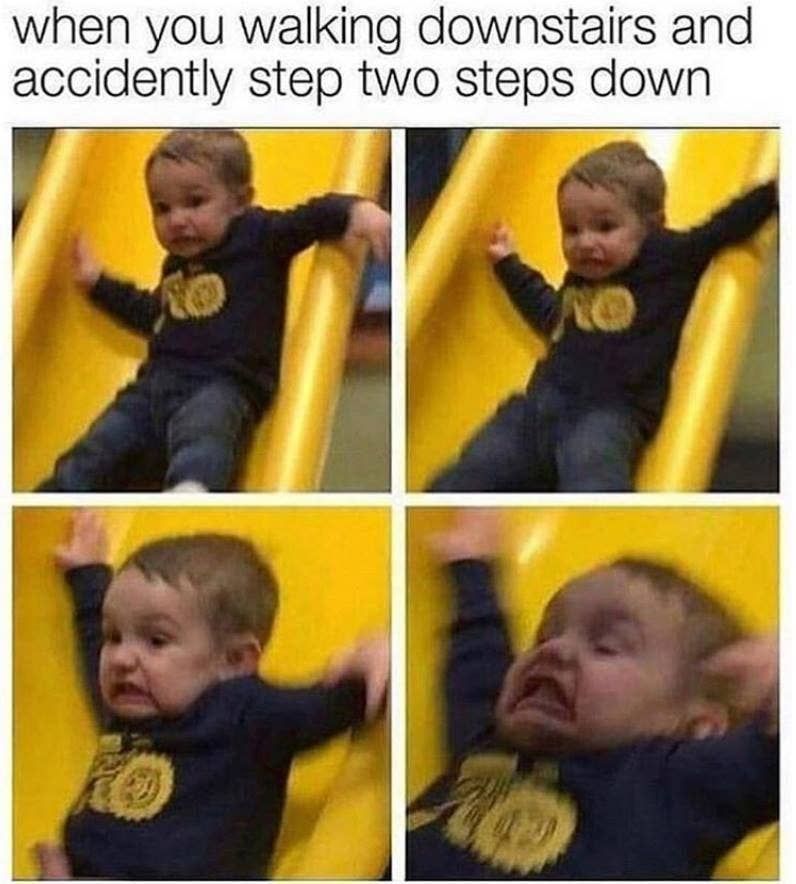 Sokurov is not the first who allows himself such a liberty - to be short with Jupiter, revealing his striking resemblance to a bull up close. At times, The Tale brings to mind a forgotten genre of ancient literature - Byzantine satirical dialogues, where the living went to the heavenly and underground worlds to discover that perfect scoundrels can register above, and below there is life - similar to ours, only there is no sun. Yes, and the inhabitants, as before death, continue their endless vain squabbles: the philosophers treat Diogenes, the judges are trying Cassius and Brutus. If these ironic disputes really were a source of inspiration for Sokurov, then it is worth once again marveling at the sagacity of the author (by the way, a historian by training). The year 2022 has convincingly proved that there is no hiding from the active carrion, carefully preserved by movie cameras, either in the contemplation of a quiet life, or on the ark of world culture. Memory draws billions of souls into the historical maelstrom.
Sokurov is not the first who allows himself such a liberty - to be short with Jupiter, revealing his striking resemblance to a bull up close. At times, The Tale brings to mind a forgotten genre of ancient literature - Byzantine satirical dialogues, where the living went to the heavenly and underground worlds to discover that perfect scoundrels can register above, and below there is life - similar to ours, only there is no sun. Yes, and the inhabitants, as before death, continue their endless vain squabbles: the philosophers treat Diogenes, the judges are trying Cassius and Brutus. If these ironic disputes really were a source of inspiration for Sokurov, then it is worth once again marveling at the sagacity of the author (by the way, a historian by training). The year 2022 has convincingly proved that there is no hiding from the active carrion, carefully preserved by movie cameras, either in the contemplation of a quiet life, or on the ark of world culture. Memory draws billions of souls into the historical maelstrom.
